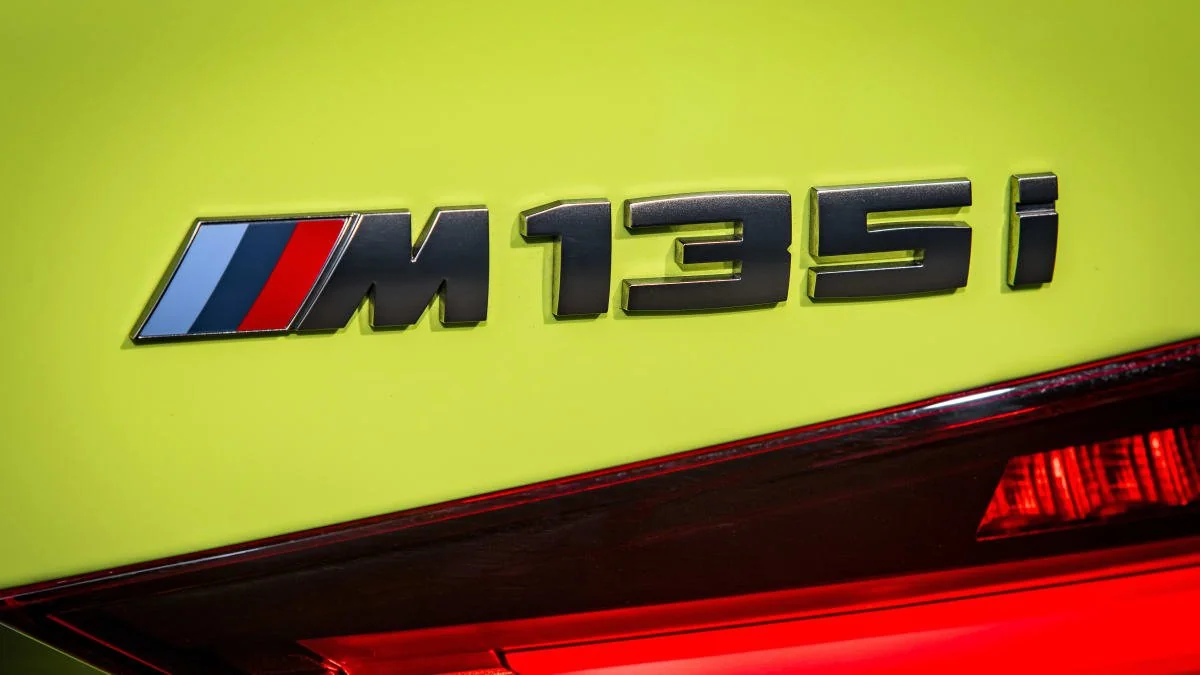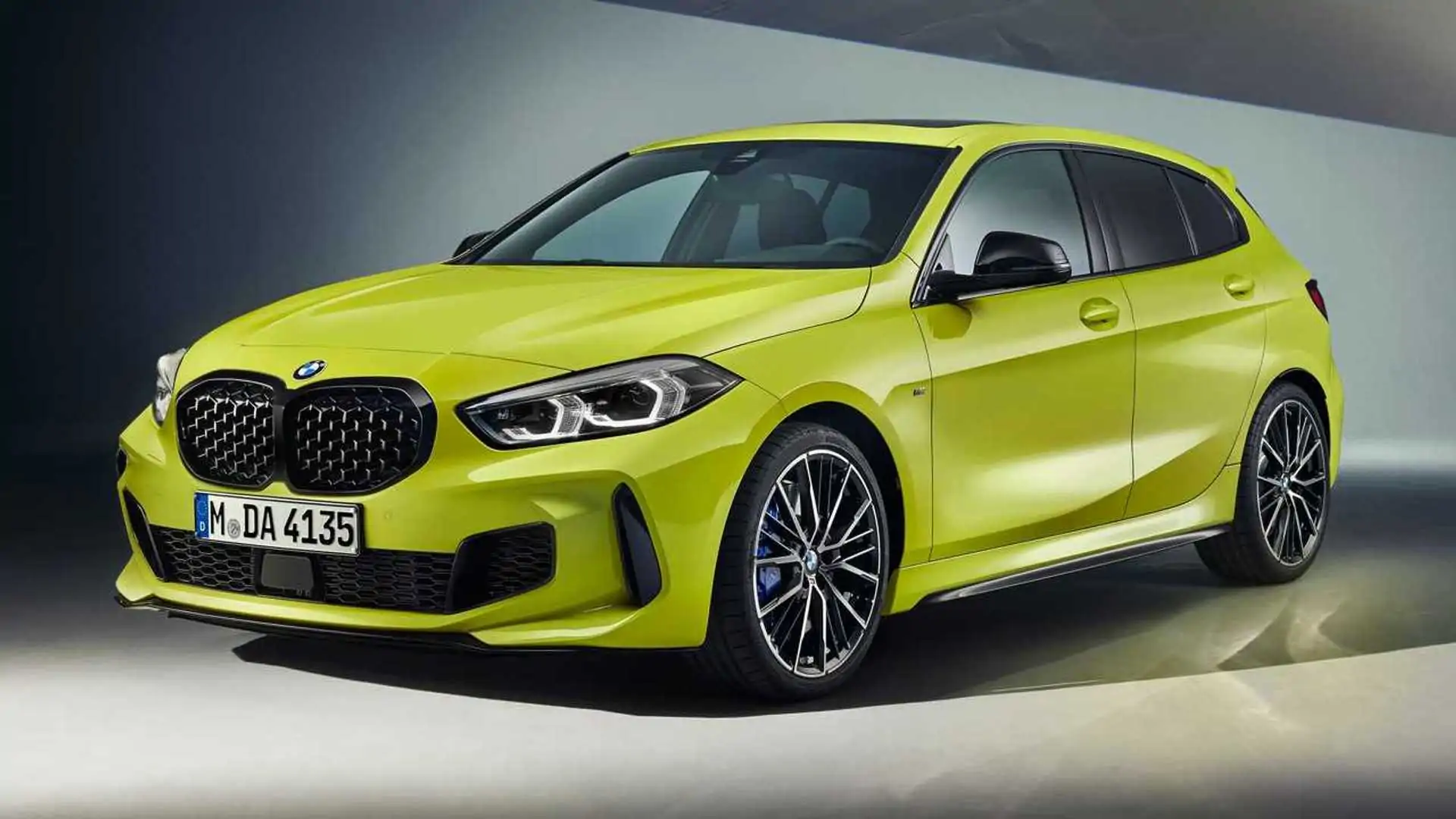An enthusiast’s sharp eye catches details. When BMW announced a new X3 trim named the X3 M50, fans noticed something missing: the usual “i” at the end of the name, which usually means “injection” for gasoline-powered cars. For example, the X3 M50 replaces the X3 M40i as the top non-M trim. BMW’s SVP of brand and product management, Bernd Körber, explained that they want to keep the “i” to show when a car is electric.
In the future, the only place you’ll see the “i” on a BMW will be at the start of the model name, like i3, i4, and i5. The lowercase “i” is also used for things inside the car, like the iDrive infotainment system.

The “i” for fuel injection has been around for at least 50 years, dating back to BMW’s M30B30 engine in 1971.
This change in naming is just one part of the ongoing evolution in how cars are named. It’s a trend seen across the industry, where car names used to reflect engine sizes but now reflect a mix of factors like model range and power. For example, Mercedes-Benz’s S 500 sedan now has a smaller engine but more power, and Audi is also reconsidering how it names its models, starting with the Q6 E-Tron.

